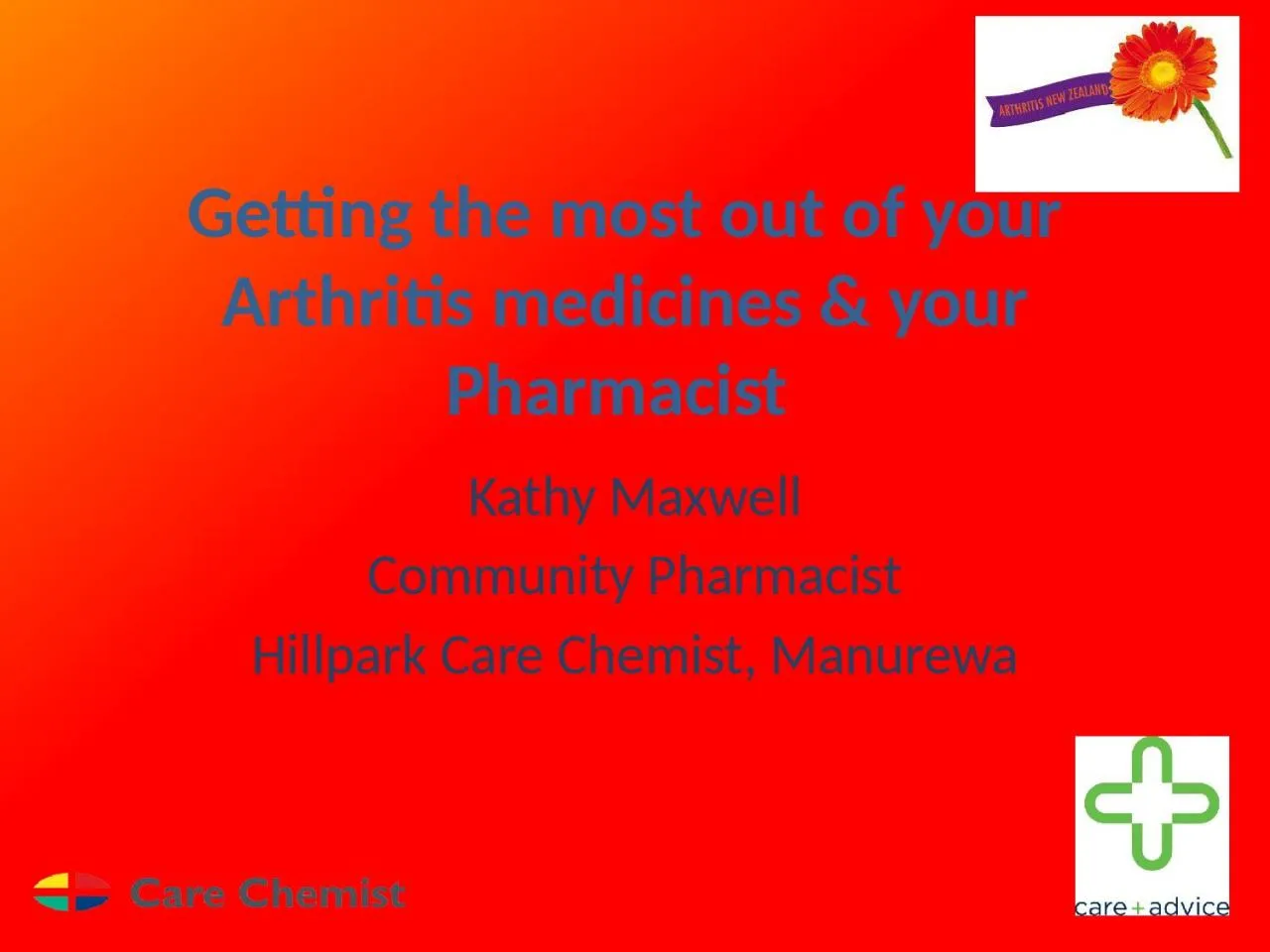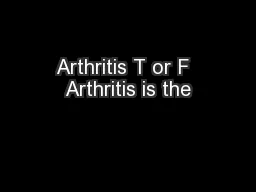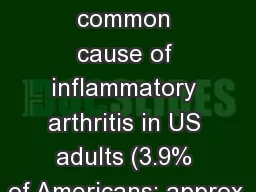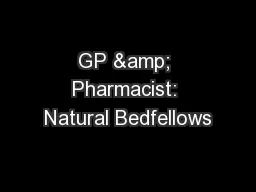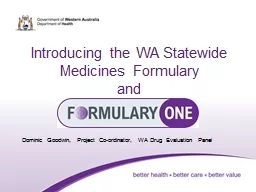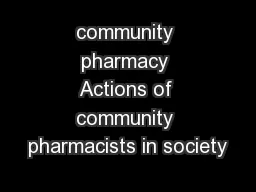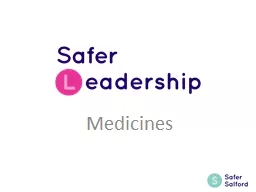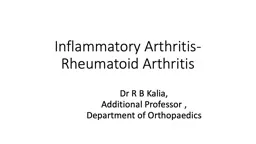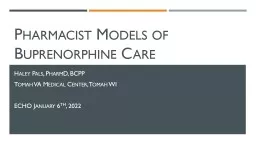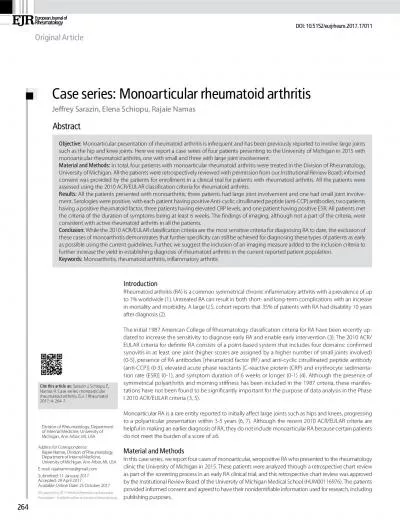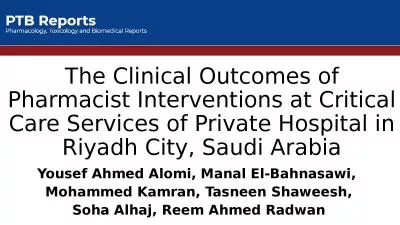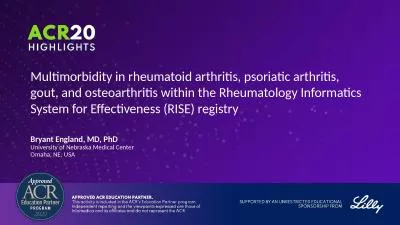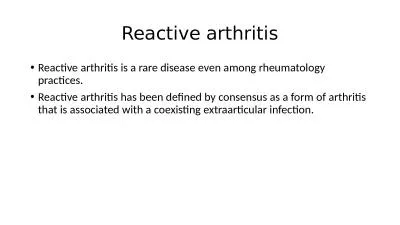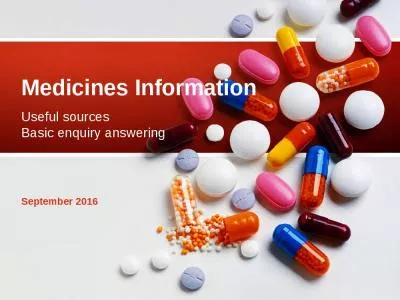PPT-Getting the most out of your Arthritis medicines & your Pharmacist
Author : cora | Published Date : 2022-06-01
Kathy Maxwell Community Pharmacist Hillpark Care Chemist Manurewa Pharmacists Role Pharmacists are the scientist the medicine adviser the clinical practitioner
Presentation Embed Code
Download Presentation
Download Presentation The PPT/PDF document "Getting the most out of your Arthritis m..." is the property of its rightful owner. Permission is granted to download and print the materials on this website for personal, non-commercial use only, and to display it on your personal computer provided you do not modify the materials and that you retain all copyright notices contained in the materials. By downloading content from our website, you accept the terms of this agreement.
Getting the most out of your Arthritis medicines & your Pharmacist: Transcript
Download Rules Of Document
"Getting the most out of your Arthritis medicines & your Pharmacist"The content belongs to its owner. You may download and print it for personal use, without modification, and keep all copyright notices. By downloading, you agree to these terms.
Related Documents

